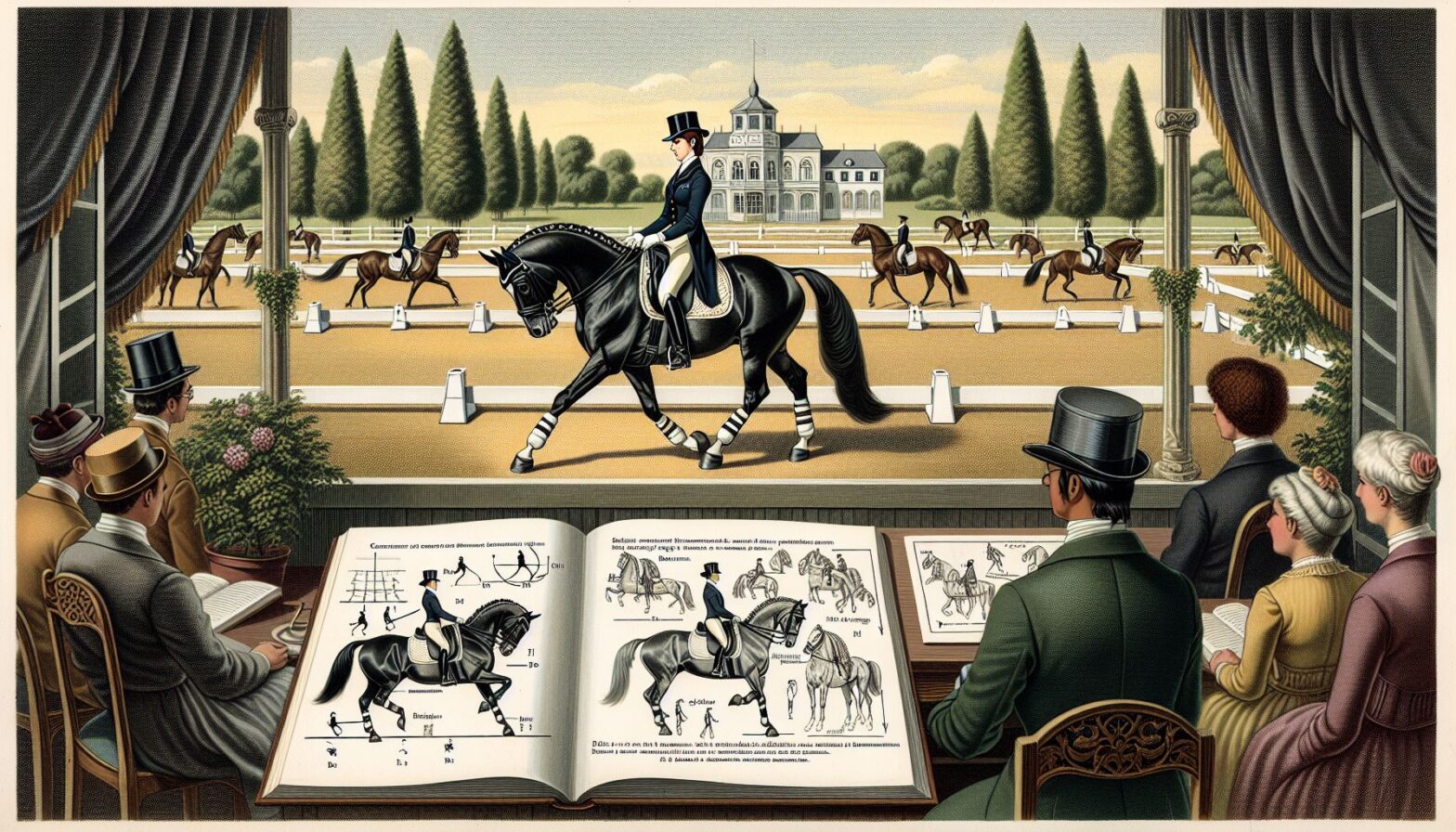If you’ve ever watched horses performing intricate movements in perfect harmony with their riders, chances are you’ve witnessed the beautiful equestrian discipline known as dressage. Originating from the French word for training, dressage is often referred to as “horse ballet” due to the precision and elegance displayed by both horse and rider.
Dressage is more than just a horse and rider going through a series of movements – it is a true partnership built on communication, trust, and harmony. The goal of dressage is to showcase the horse’s natural ability and willingness to perform a series of movements with grace, poise, and precision.
The Basics of Dressage
In dressage, riders guide their horses through a series of movements called “tests” that are performed in a designated arena. These tests are judged by a panel of experts based on the precision of the movements, the willingness of the horse, and the overall harmony between horse and rider.
Dressage tests are divided into levels based on the skill and experience of the horse and rider. Beginners start at the Introductory level and work their way up through Training Level, First Level, Second Level, Third Level, Fourth Level, Prix St. Georges, Intermediaire I, Intermediaire II, and Grand Prix – the highest level of dressage competition.
Each level introduces new movements and challenges, testing the horse and rider’s communication, athleticism, and skill. Movements in dressage tests include everything from simple circles and straight lines to more advanced movements like piaffe, passage, extended trot, half-pass, and flying changes.
The Importance of Connection
At the heart of dressage is the connection between horse and rider. Dressage riders strive to develop a partnership with their horses built on trust, respect, and communication. Through clear aids, consistent training, and positive reinforcement, riders can establish a deep connection with their horses that allows them to perform intricate movements with ease and grace.
The rider’s aids in dressage are subtle and precise, requiring a delicate touch and a deep understanding of the horse’s body language. Through the use of seat, legs, and hands, riders can communicate with their horses at a level that transcends words. This connection is what sets dressage apart from other equestrian disciplines and is what makes it such a beautiful and harmonious sport to watch.
The Benefits of Dressage
While dressage is often associated with high-level competition and advanced horsemanship, it is a sport that can be enjoyed by riders of all levels and disciplines. In addition to the physical benefits of improved balance, strength, and coordination, dressage can also have a positive impact on the mental and emotional well-being of both horse and rider.
Dressage requires focus, discipline, and patience – qualities that can be beneficial in all areas of life. For riders, dressage can improve confidence, self-awareness, and problem-solving skills. For horses, dressage can enhance their athleticism, intelligence, and willingness to work with their riders.
Getting Started in Dressage
If you’re interested in trying dressage, the first step is to find a qualified instructor who can help you and your horse develop the skills and knowledge needed to succeed in this beautiful discipline. A good dressage instructor will be able to assess your abilities, set realistic goals, and provide guidance and feedback to help you improve.
In addition to regular lessons with a qualified instructor, it’s important to practice consistently and attend clinics, workshops, and competitions to gain experience and feedback from judges and other riders. Dressage is a lifelong journey of learning and improvement, and every ride is an opportunity to strengthen the bond between horse and rider.
Conclusion
Dressage is more than just a sport – it’s a way of life that celebrates the beauty, athleticism, and grace of the horse. Whether you’re a beginner looking to improve your riding skills or an experienced competitor aiming for the top levels of dressage, there is something magical about the connection between horse and rider that makes dressage a truly special discipline.
So, if you’ve ever dreamed of dancing with your horse in perfect harmony, why not give dressage a try? You may just discover a whole new world of beauty, grace, and connection that will enrich your life in ways you never imagined.
